Samsung Galaxy S10e vs iPhone XR: battle of the cheaper champions
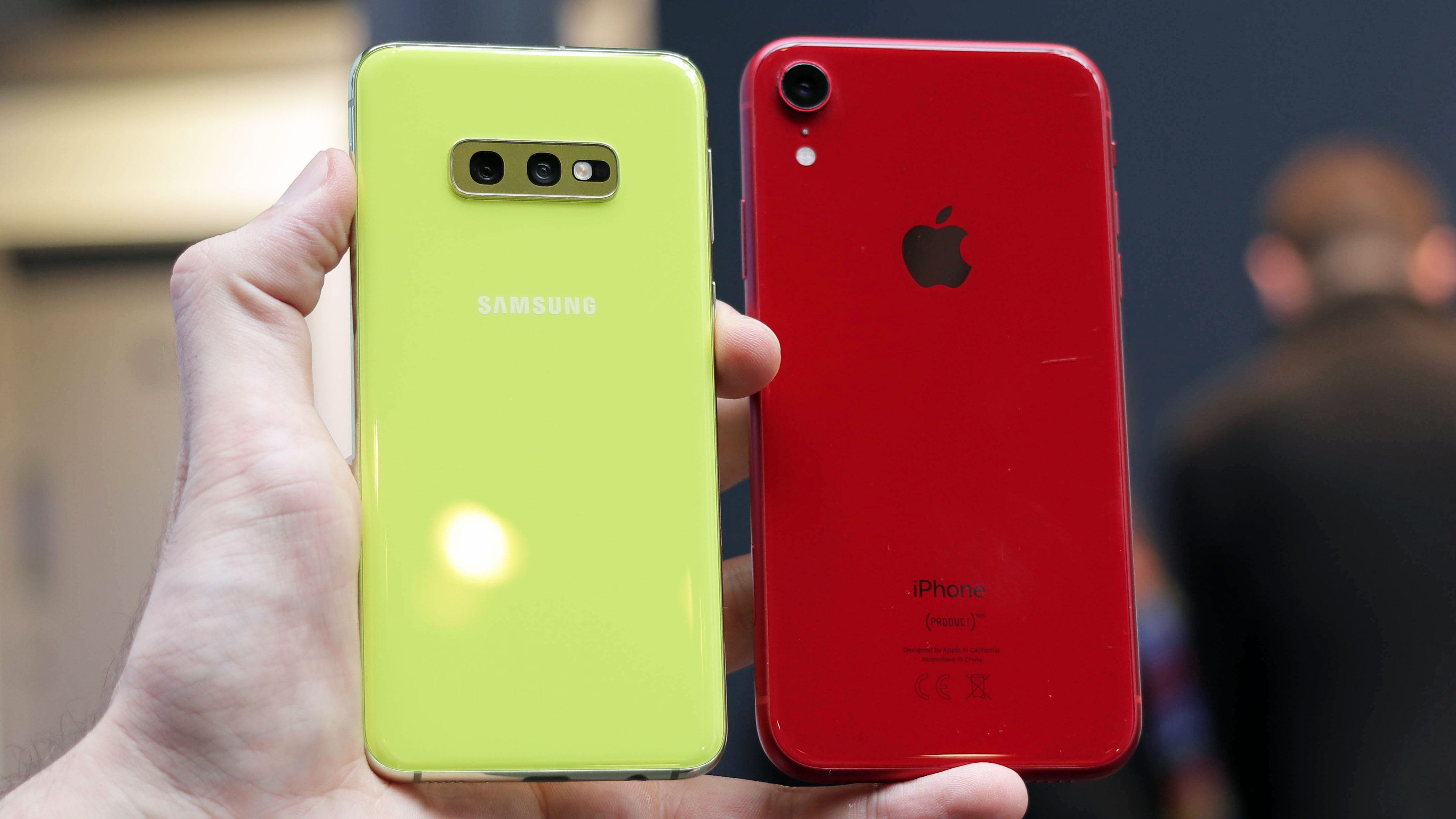
The Samsung Galaxy S10 and iPhone XS ranges include cutting-edge devices, but these phones also come at monumental prices, which is why Samsung and Apple have released 'budget' alternatives in the form of the Galaxy S10e and iPhone XR.
While they're slight downgrades from the other devices in their respective ranges, they're still great phones – but with many differences to each other, so which is best for you?
We've pitted this two lightweight flagships head to head to to run you through all the key similarities and differences and ultimately give you the answer you need.
- This is what we thought of the iPhone XS Max
- Check out our review of the Samsung Galaxy S10 Plus
- These are the 5G phones we're expecting soon
Samsung Galaxy S10e vs iPhone XR: price
The Samsung Galaxy S10e and iPhone XR deals are likely why most people will be considering either device, as both have the best parts of their larger siblings, but with a price tag that isn't (quite) as high.
The Samsung Galaxy S10e costs $749 / £669 / AU$1,199, which will get you 6GB of RAM and 128GB of internal memory. It only comes in one size currently, so you won’t have any dilemma in choosing which size to go for.
The iPhone XR meanwhile starts at $749 / £749 / AU$1,229 – so it’s the the same price as the Galaxy S10e in the US, but more expensive in other regions. This price tag will get you only 3GB of RAM and 64GB of memory, so its specs are down from the Galaxy S10e.
If you want that extra internal memory you’re in luck as there are larger sizes available. You can get a 128GB or 256GB version of the iPhone XR for $799 / £799 / AU$1,299 or $899 / £899 / AU$1,479 respectively.
Sign up for breaking news, reviews, opinion, top tech deals, and more.
Galaxy S10e vs iPhone XR: design and display
Neither the Samsung Galaxy S10e nor the iPhone XR look a whole lot different from other phones in their ranges, but there are still some interesting features on both.
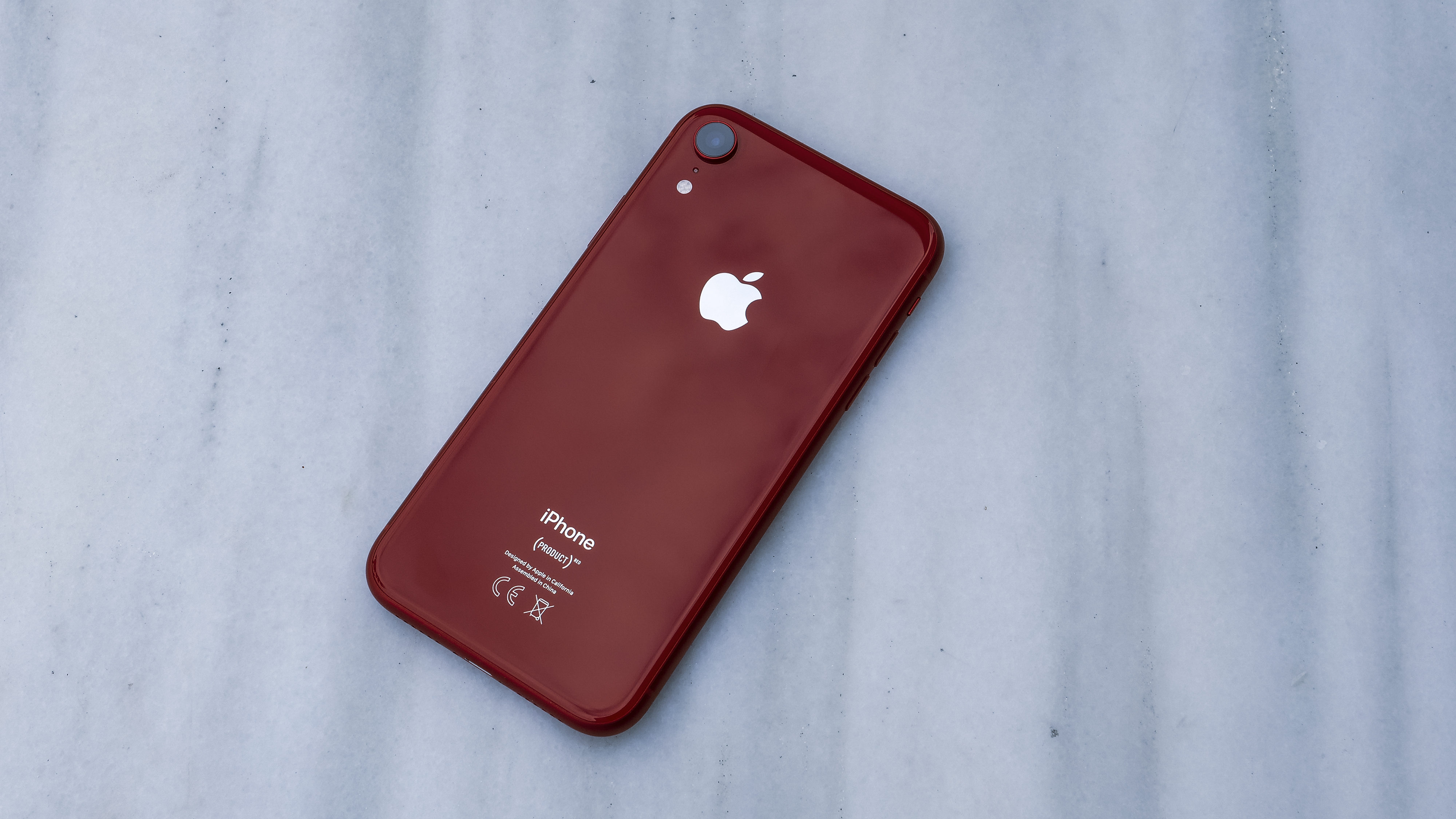
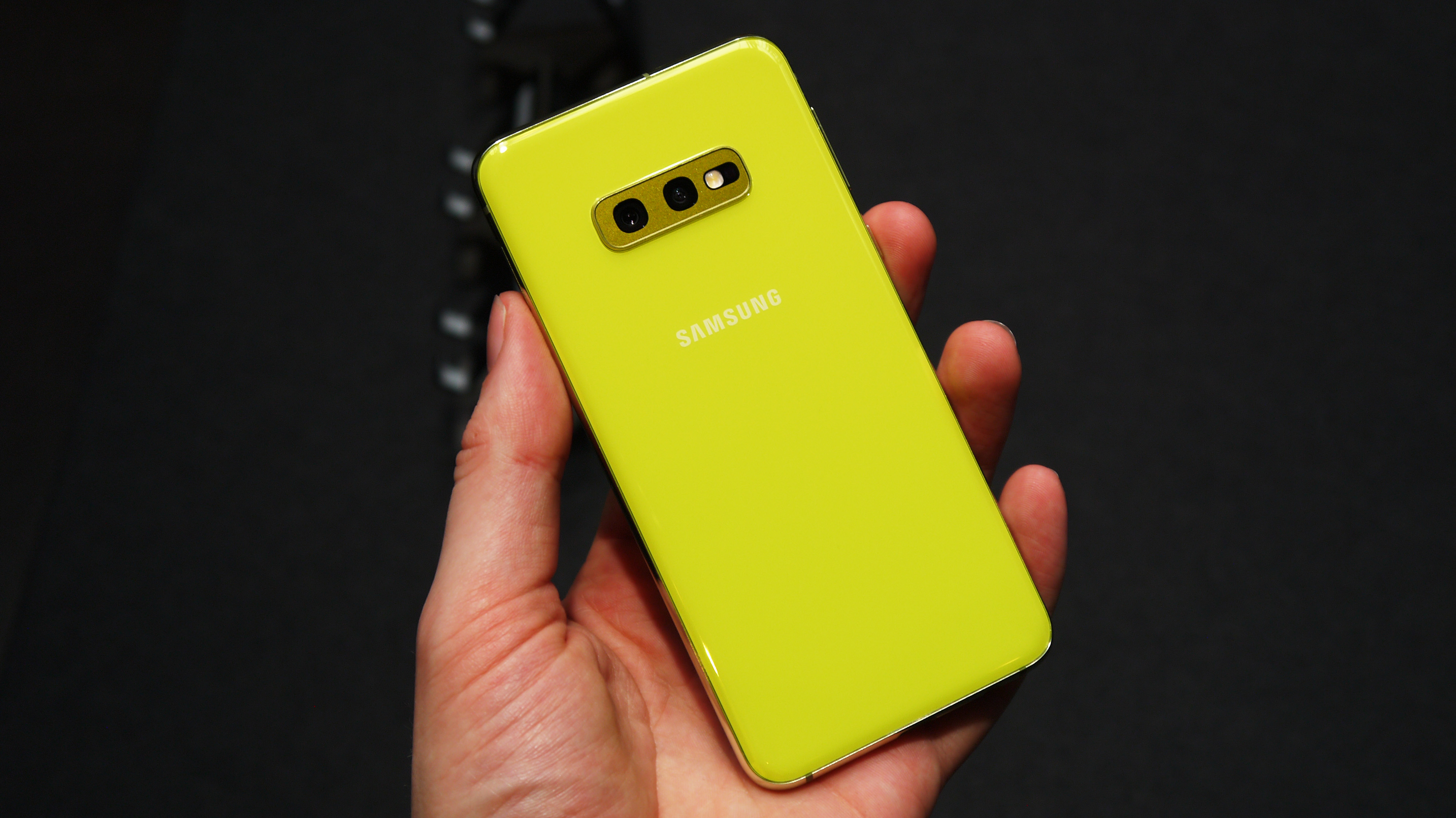
The Samsung Galaxy S10e distinguishes itself from its siblings with its size – at 142.2 x 69.9 x 7.9mm, and with a 5.8-inch display, it’s a petite device in comparison. The iPhone XR is a little bit bigger, at 150.9 x 75.7 x 8.3mm and boasting a 6.1-inch display.
It’s worth pointing out that while the Galaxy S10e is a smaller variation of the Samsung Galaxy S10, the iPhone XR is in fact bigger than the iPhone XS. In that sense the XR feels a lot more like a 'flagship' device instead of an affordable variant, while the Galaxy S10e is recognizably smaller and cheaper.
Regarding the display, the Samsung Galaxy S10e has a 1080 x 2280 AMOLED display with very little bezel and no notch. Instead, there’s a punch-hole cut into the screen for the front-facing camera.
- iPhone XR colors - which is right for you?

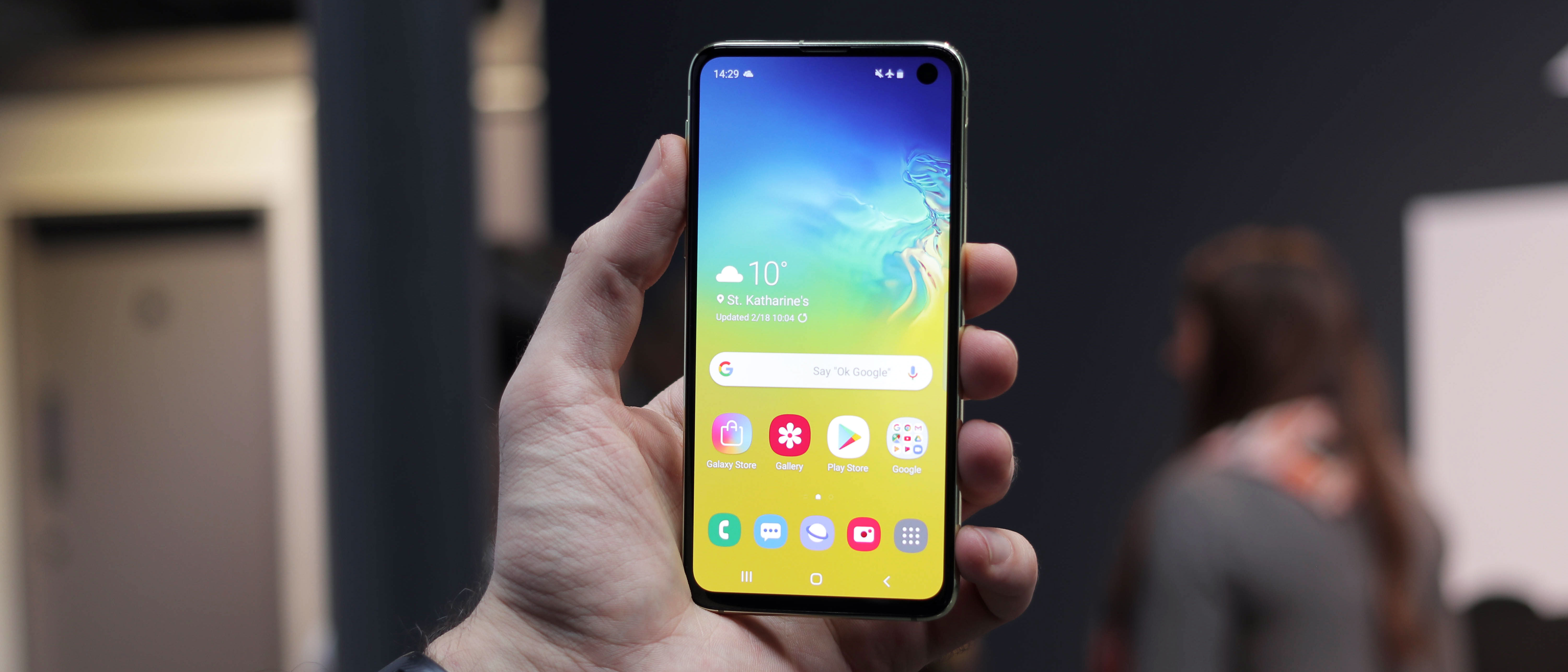
The iPhone XR on the other hand uses an 828 x 1792 LCD display with a large notch housing the front-facing camera. So the Galaxy S10e has a higher resolution screen and an arguably more modern design.
But style is subjective and in our iPhone XR review we generally praised its screen, so we’d recommend testing both out before you decide on which you prefer.
One important distinction between the two is the ports – while the Galaxy S10e has a USB-C connector and a 3.5mm headphone jack, the iPhone XR only has a Lightning port, so you’ll need to buy an adapter to connect your headphones if they’re wired.
Elsewhere, the two phones are similar, with glass backs, metal frames and potentially colorful finishes.
Samsung Galaxy S10e vs iPhone XR: cameras
The Samsung Galaxy S10e has two rear cameras – a 12MP main sensor with a variable aperture, and a 16MP super-wide f/2.2 camera, whereas the iPhone XR has a single 12MP f/1.8 wide-angle snapper.
On the front the former has a 10MP f/1.9 camera whereas the latter has a 7MP f/2.2 TrueTone lens. For both it seems that the Galaxy S10e outranks the iPhone XR, but there’s more to photography than the lenses.
For example, the Galaxy S10 series comes with a range of ‘scene optimizers’, which uses AI to recognize a subject and automatically tweak the settings to perfectly match the picture you’re trying to take.
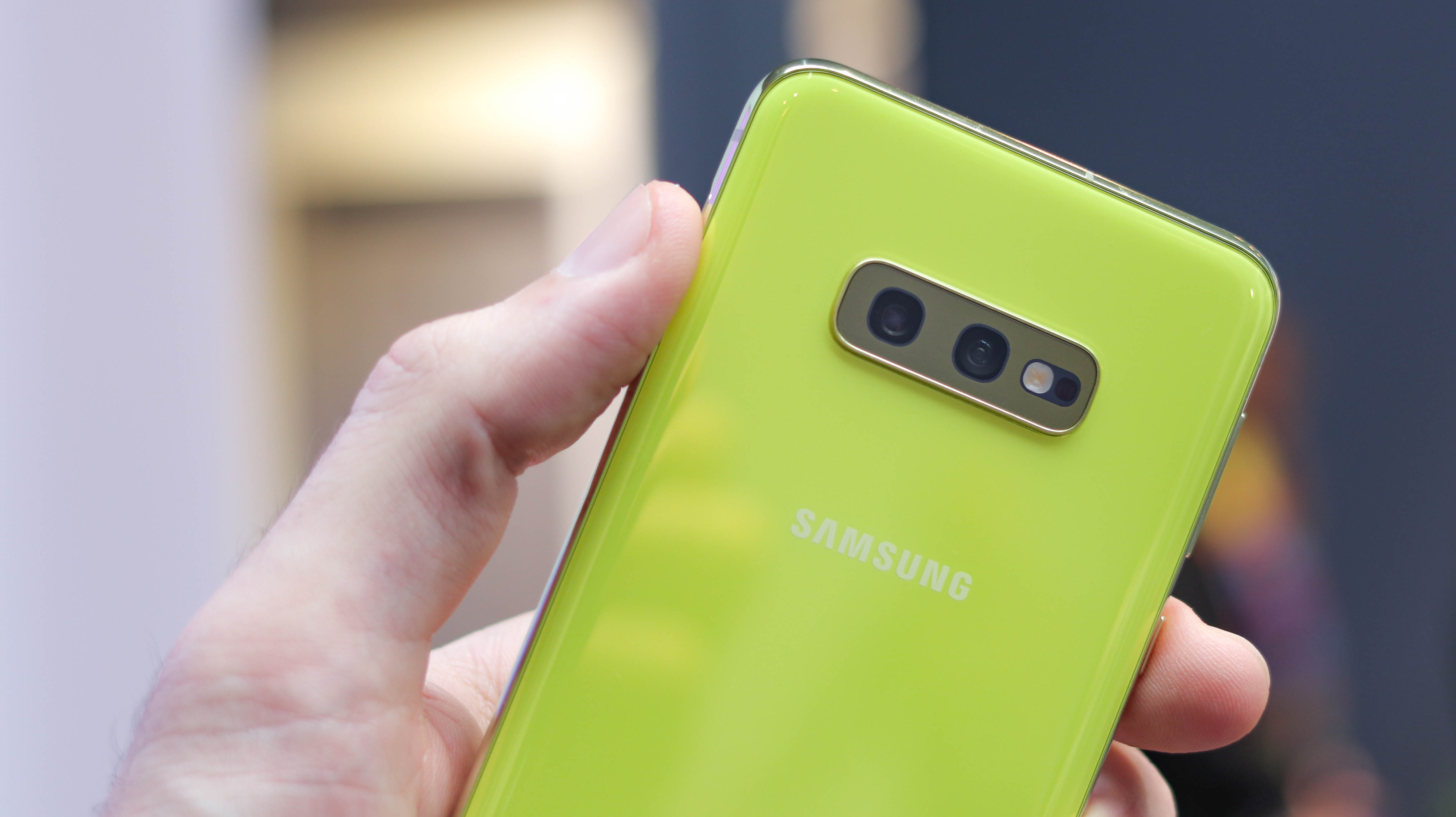
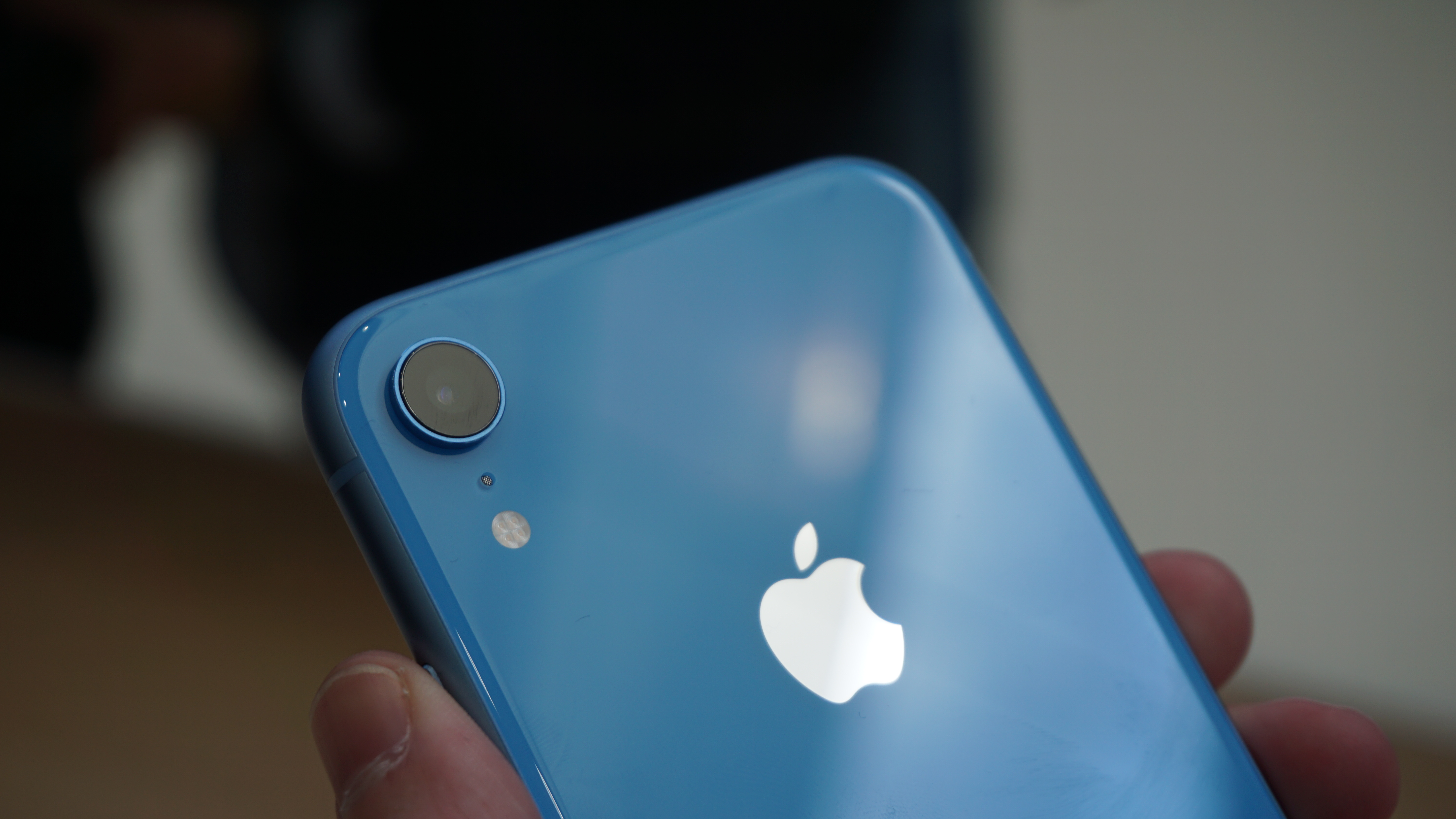
This means your cat won’t be lit in the same way as your sushi, and a wide scenic shot will have different contrast to a selfie in a dark bar. So responsibility for a great picture largely falls to the phone, not you.
The iPhone XR has a similar function, called Smart HDR. With this, the camera will take multiple pictures before and after you press the shutter, and the device will combine them all to create a great composite shot.
That also means if the lighting suddenly changes, or your selfie participant accidentally sneezes, you’ll be able to wind through the pictures taken and find the perfect one.
Samsung Galaxy S10e vs iPhone XR: battery
Battery would seem an easy thing to compare – the Samsung Galaxy S10e has a 3,100mAh battery and the iPhone XR has a 2,942mAh one, which is a small but potentially important difference.
In practice though, we’ve found that the iPhone XR will comfortably last a day of moderate use, as well as outlasting most other iPhone models. So its life is above average. Keep an eye out for our full Samsung Galaxy S10e review to see how that phone holds up.

In any case, both devices have their own features to help you prolong their battery life, or recharge easily. The iPhone XR has Apple’s A12 Bionic chipset, which is optimized to carry out tasks while minimizing battery drain, while both phones support wireless charging, so you’ve got more ways to power them back up.
The S10e also supports reverse wireless charging, which lets you use the phone to charge other compatible devices, including iPhones, but it’s not the speediest way to juice up your gadgets.
Galaxy S10e vs iPhone XR: specs and features
The Samsung Galaxy S10e typically comes with 6GB of RAM and that’s paired with either a Snapdragon 855 or Exynos 9820 chipset, depending on where you are in the world. Both of those are top-end, octa-core chipsets. A model with 8GB of RAM has also been announced, but that’s not currently widely available.
The iPhone XR is similarly high-end though, as it uses Apple’s top-end A12 Bionic chipset. That’s paired with a smaller 3GB of RAM, but Apple’s flagships usually have less RAM than rivals and it never holds them back. In other words then, neither phone is lacking power.
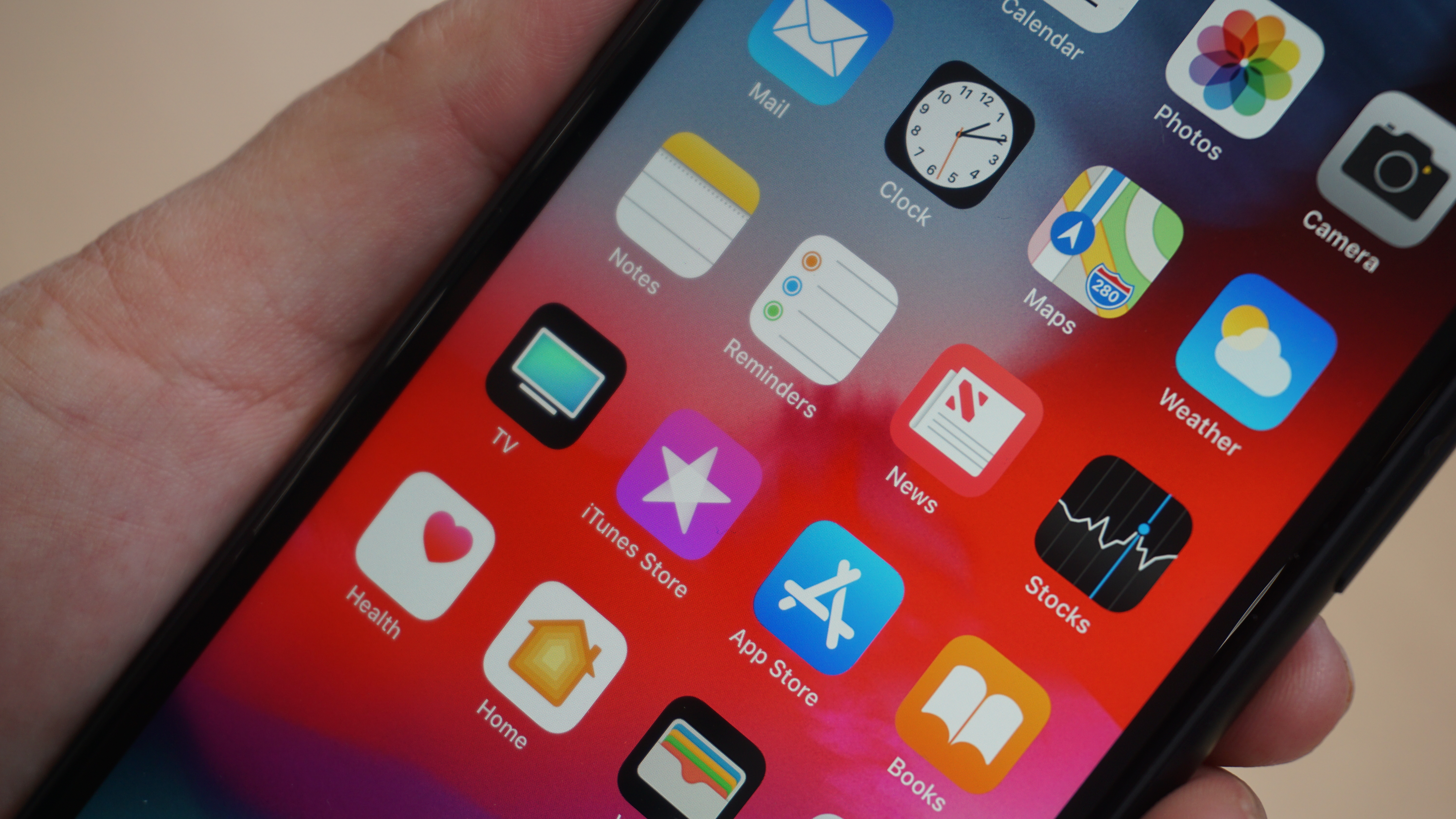
One of the biggest differences you’ll notice when using the Samsung Galaxy S10e or iPhone XR is the operating system – the Galaxy S10e runs Android 9 Pie, while the iPhone XR runs iOS 12.
You may have your preference on operating systems, but in practice there’s little functional difference between them – you can download and run most of the same apps, and the phone home screen looks similar.
The main differences are small features that one operating system has and the other doesn’t, like Screen Time on iOS 12, which tells you how much you’re using your phone - though even then Android has a similar feature dubbed Digital Wellbeing.
Samsung Galaxy S10e vs iPhone XR: verdict
There’s a lot to like about both the Samsung Galaxy S10e and the iPhone XR, especially when you consider the price and features of each compared to their costly siblings.
The iPhone XR is the larger device, both in terms of design and display, and its operating system iOS 12 has many passionate fans, so it may be the best phone for you if you’re looking for an affordable device that could disguise itself as a flagship.
On the other hand, the Samsung Galaxy S10e seems like a slightly more budget device, and wears this label with pride. It’s cheaper and smaller than the iPhone XR, but still comes with a more versatile camera array and a bigger battery.

Tom Bedford joined TechRadar in early 2019 as a staff writer, and left the team as deputy phones editor in late 2022 to work for entertainment site (and TR sister-site) What To Watch. He continues to contribute on a freelance basis for several sections including phones, audio and fitness.